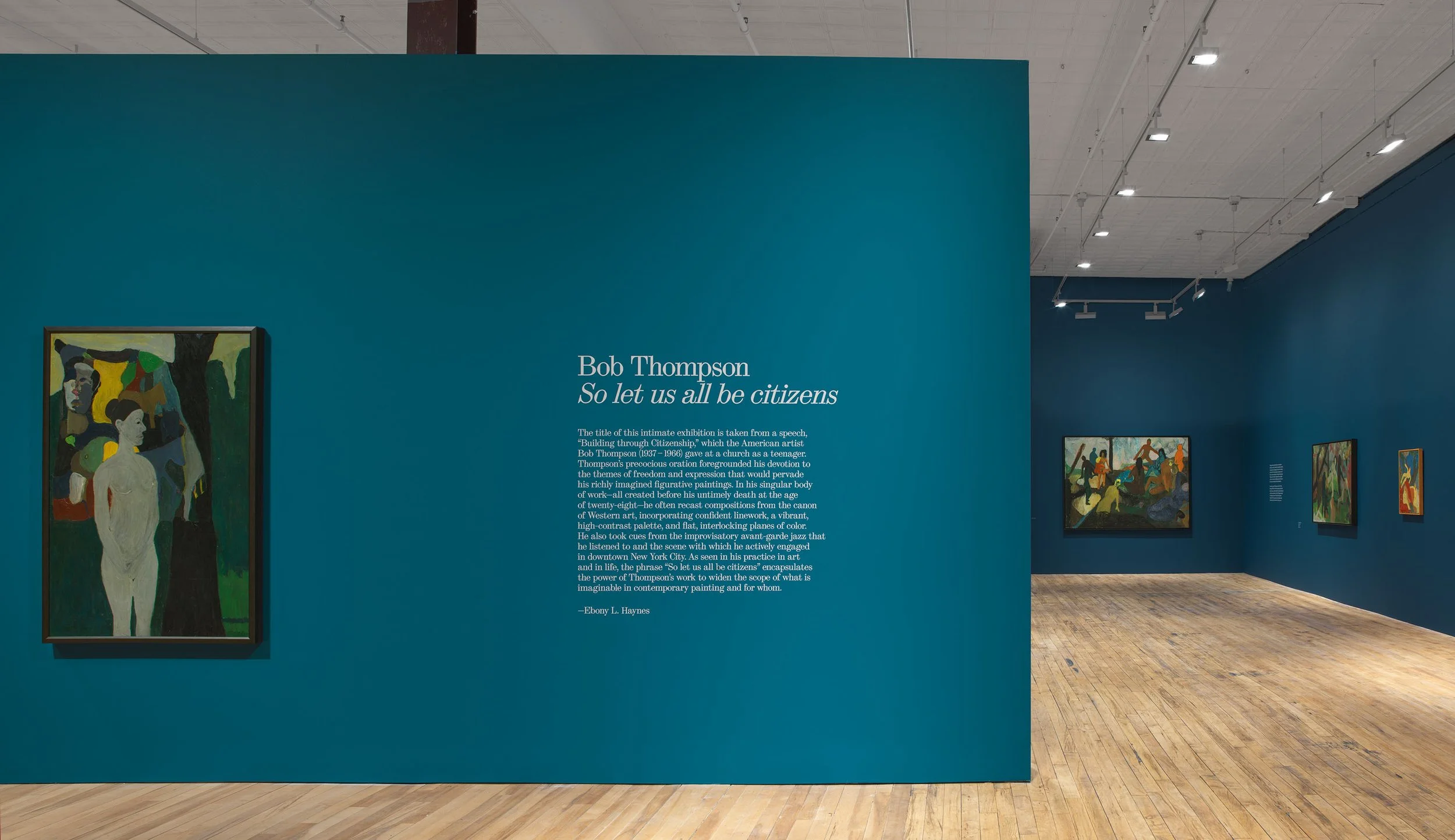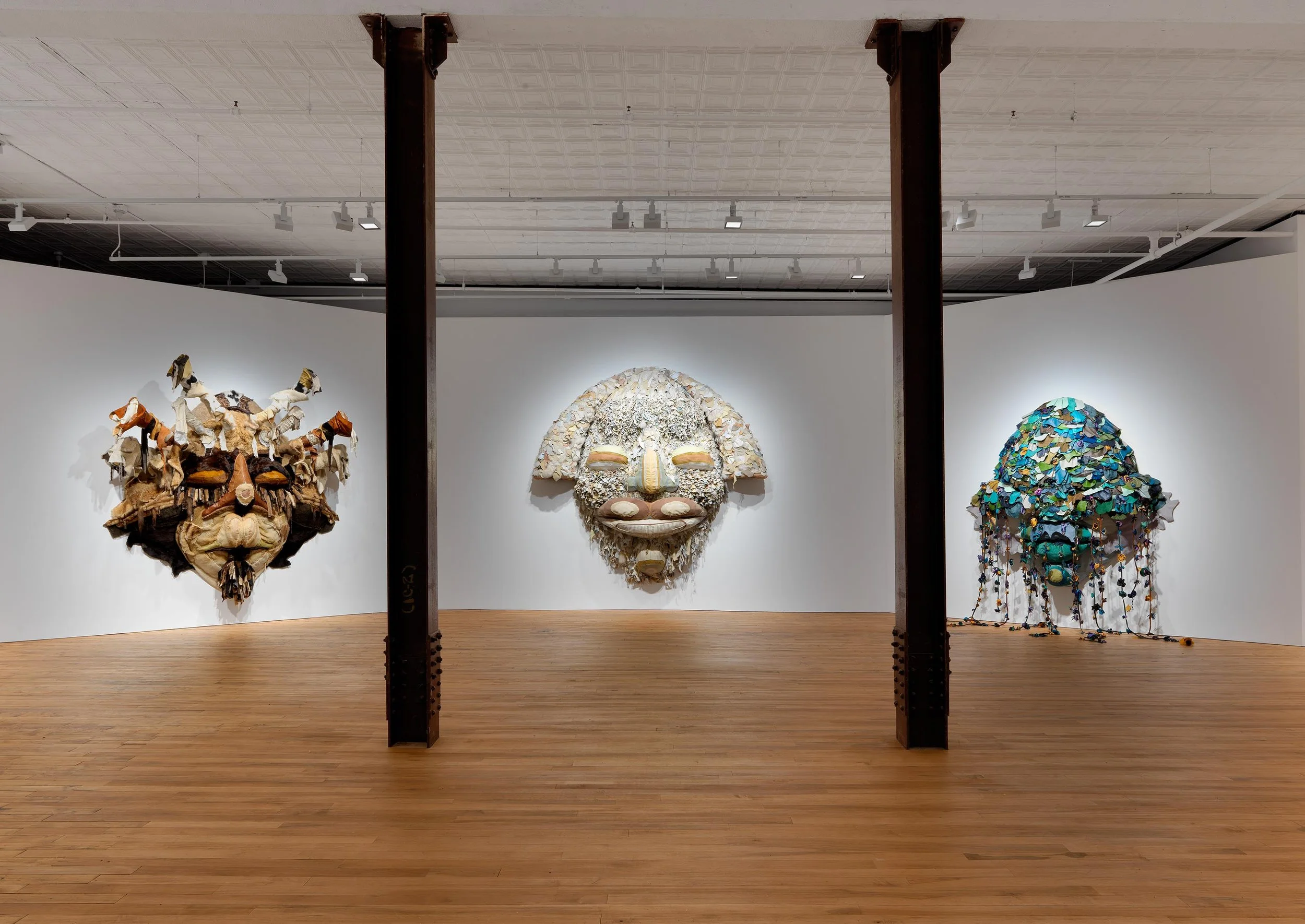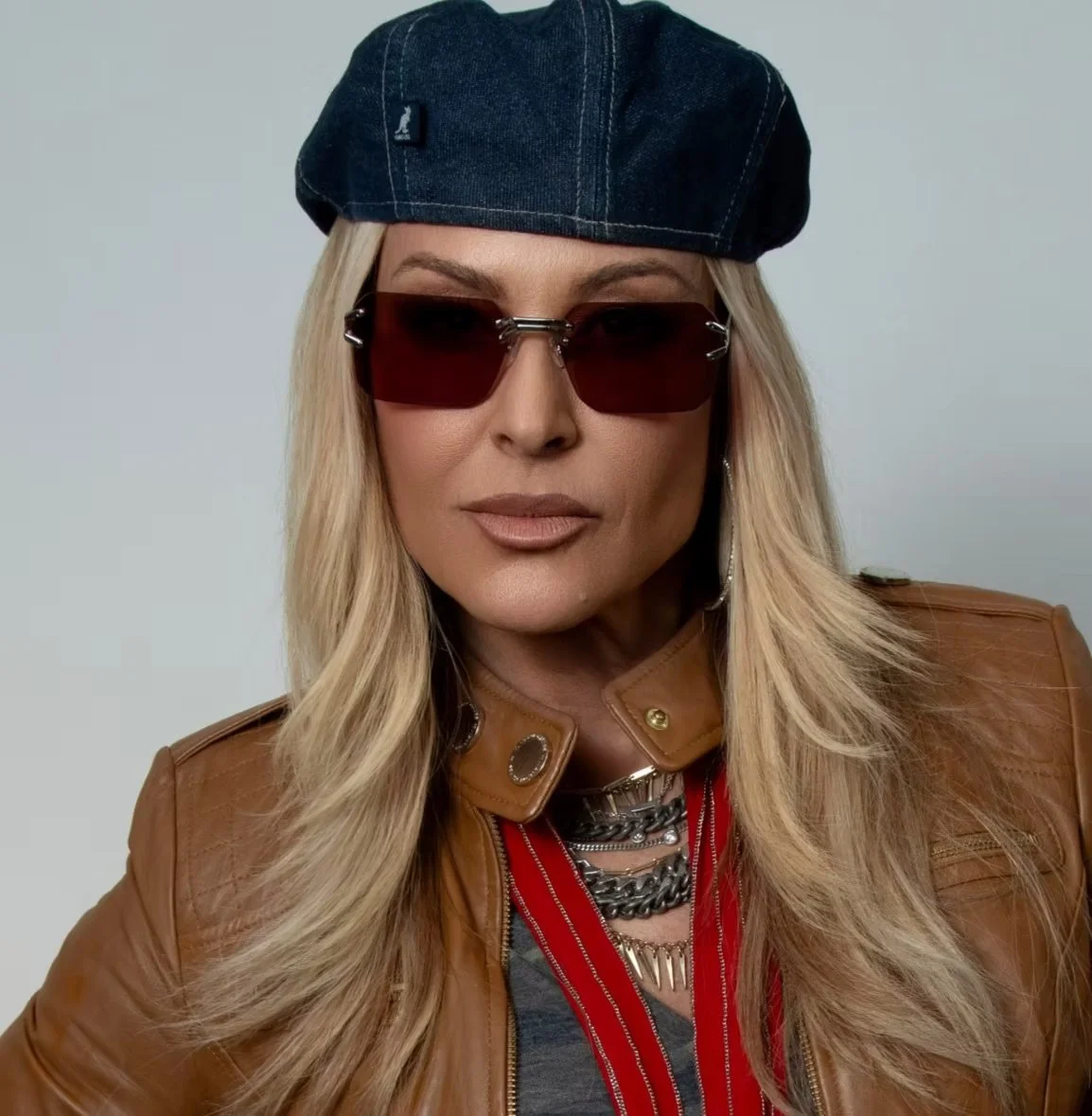While the Art World Runs, Ebony L. Haynes Takes Her Time
Ebony L. Haynes, 2020. Photo by Elliott Jerome Brown Jr. Courtesy David Zwirner
Ebony L. Haynes
While the Art World Runs, Ebony L. Haynes Takes Her Time
By Bonnie Langedijk
The $67 billion art world isn’t known for breaking its own set of rules. Those who start their careers outside of the realms of the traditional art world are usually the ones who redefine it. Ebony L. Haynes, a writer, curator and gallery director from Toronto, spotted a missed opportunity and leaned in. While working at New York-based galleries Martos and Shoot the Lobster, Haynes dreamt up the idea of 52 Walker – a platform that blends the commercial gallery with the European kunsthalle, and creates a place for experimentation and discourse. With her sights set on bringing her idea to life, Haynes pitched it to renowned art dealer David Zwirner, which led to her opening the gallery on the first two floors of a five-story landmark building in Tribeca. With 52 Walker, Haynes is rethinking every aspect of the traditional commercial gallery model. From fewer exhibitions with longer presentation timelines to selling artist’s works without the boundaries of representing them. Building an experience that’s based on experimentation over transaction.
We spoke with the New York-based gallery director about the meaning of curation, her love of Bob Thompson’s work and how 52 Walker is changing the art industry.
Installation view, Bob Thompson: So let us all be citizens, April 21–July 8, 2023, 52 Walker, New York. Courtesy 52 Walker, New York
Bonnie: What's your definition of the word curation and what do you associate it with?
Ebony: It seems to have taken on different meanings, but for an art context curation is the act of bringing concepts to life. Figuring out the best objects, artists, or conversations to put together in a space to help visualize an idea for a larger audience. That idea could be grand or specific and small.
It's making sense of the world, whether that's the past, the present, or the future through the works of others.
Ebony: An important part to add about curation is that you’re a vector for the artist. You have to figure out the artist's main intention and make sure that you're conveying that. You're the arbiter of the work as well as the ideas behind the show.
“You're the ARBITER of the work as well as the ideas behind the show.”
Completely. Your lens as a curator is very personal and has developed over time. Are there any specific people or events that have influenced your curatorial lens?
Ebony: I think my curation vision is Rick Rubin. I didn't study art in a traditional way. I'm not a specialist or an expert in any particular field of art. But I do feel — and have felt for a long time — that I'm very sure about what I like and what I want to share with a broader audience. I don't know if it's a particular vision, but when I see it, I know it, and then I start working towards that goal. It's a gut reaction.
You opened your gallery space 52 Walker in October of 2021. Where did the idea of rethinking the gallery model come from?
Ebony: When I was working at Martos Gallery, I concurrently was the director of another space called Shoot the Lobster. Martos Gallery followed the very traditional model. They represented artists, shows were for sale, we did art fairs, lots of turnover. Shoot the Lobster was much more DIY. I didn't really have budgets for my shows. I was installing things myself, really working one-on-one with the artist. Works were for sale, but I didn’t represent the artists. It allowed me to approach any artist I was interested in and ask them if they wanted to do a show and didn't have to think about the future. The two different models together made me think about 52 Walker as an idea. I was wishing for the space and energy of Martos, but with the vibe of Shoot the Lobster.
Bringing the best of two sides of the art world together.
Ebony: It was hard having shows come down after four to six weeks, when we spend a year working on them. I thought about the kunsthalle model in Europe — a non-collecting institution, not for sale — which I've always been a fan of, but it felt important to include things for sale, mostly for the purpose of the artist. It's empowering for me as a dealer to give artists money.
Installation view, Tau Lewis: Vox Populi, Vox Dei, October 28, 2022–January 7, 2023, 52 Walker, New York. Courtesy 52 Walker, New York
The non-representation model also allows you to be more agile and to create opportunities for artists without having to focus on what their future trajectory might look like.
Ebony: It allows me to not be speculative. I'm not trying to get this hot person or look at what the market's doing.
Does it affect your relationship with the artist as well? Some gallerists I’ve spoken to describe the relationship as an unofficial marriage.
Ebony: When you know you're not married and you're just dating, you can do something you normally wouldn't. You can have the one night stand and you both feel freer. I like to approach artists and say, what would you like to do that you haven’t been able to do at your current galleries? Or is there something you have in mind that you wish you'd have more support to realize? And if I'm interested and it feels like it speaks to me, we can work on it and then we can move on.
It’s great to be able to give that opportunity to artists. The art world is known to be quite traditional, did you get any push back on trying to launch this new format?
Ebony: In the very beginning, when the space was announced, people questioned it. David Zwirner himself, thankfully, never floundered on the idea. Once I presented it to him in his office, I think he saw the same potential that I did. Some people have been supportive from the beginning while others were hesitant to jump on board right away. Fortunately more people have come around since the opening almost two years ago.
It must seem like a day ago and a lifetime at the same time.
Ebony: The Bob Thompson show that’s up right now, I knew I wanted to do a Thompson exhibition even before our gallery opened. It's all loaned work in the show. I had to figure out where the works were, contact museums and collectors and ask if they would loan me the work for an exhibition. My team and I worked on those loans for a year and a half.
What drew you to Bob Thompson’s work?
Ebony: It took me a longer time in my career to come around to painting as something I felt comfortable curating. I thought I was going to work in music for a career before art, so I first migrated to sound installations and video work. One of the first painters I encountered that I knew I liked right away upon seeing it was Bob Thompson. So personally, it was an exciting show to work on. Also, there hadn't been a large solo show of his work in New York in twenty-five years. It felt like a good opportunity to be the one to showcase it.
You mentioned earlier you had the desire to create a space where exhibitions can be shown for a longer period of time. It feels like since the pandemic, every industry has been moving at a quicker pace. Do you think that’s true for the art world too?
Ebony: Right now it feels like it's where it used to be. During the pandemic it felt like everybody was trying to find ways to do things. Immediately after, you had to be visible and present everywhere you possibly could. Things have slowed back down to a pace that I'm more familiar with in the art world and market. In general, 52 [Walker] is much slower.
And that’s a good thing. Why would art need to be quick? It seems like an oxymoron to me.
Ebony: Museums aren’t fast paced. Some shows are up for a full year, even. But in the gallery world, it's, practically speaking, not possible to slow down because it's a business. You need to have inventory, essentially. You need to have a show that brings people in and conversations and sales and reviews.
People are constantly searching for newness, but I do believe that some things need more time.
Ebony: Things need time. It's funny, I was debating with someone on my staff about putting benches in the gallery to encourage even more time with the work. I’m totally into it. We had them here, but for pure aesthetic reasons I didn't include them. We actually designed the space with built-in seats at the front of the gallery. People are allowed and encouraged to have a seat there if they like.
That’s interesting. When I think about my experience going to galleries, it’s often not the most welcoming space while it could easily be a place of community or a meeting spot.
Ebony: The artist Pope.L, who I worked with at one of my galleries back in the day and was actually in a show here in January, shared a museum study from — I think it was the seventies. They did visitor research and they found that the average person stays in a gallery for five minutes. I always think about that when I'm curating. Even if I've made a space that I hope people come in and really enjoy, it's in their nature to only stay for about five minutes. But if people are just coming to have a look, then that's what they're doing. We don't need to have an intense relationship with everything we look at.
That’s true. Maybe that’s what can add to the pressure. Do you have advice for people who are interested in launching new initiatives of their own in the art space?
Ebony: My advice would be to do it. Do anything you're excited about and don't feel beholden to grandeur. You don't need a gigantic space. You don't need a staff of people. You don't need an award-winning website. You don't need all of the bells and whistles right up front because that often deters people from trying to do something. I teach students and tell them all the time that they could start a gallery in their living room or bathroom. If you have a wall, you could start a project.
There's no perfect time to start.
Ebony: No, there's never a perfect time to start. You just start and maybe fail and then just start something else and learn from your failure. Especially in this art world, starting your own space can be intimidating. If you don't have a lot of experience, you shouldn't let that deter you. Try stuff out and something will stick if you really love it.
This interview has been edited and condensed for clarity.






